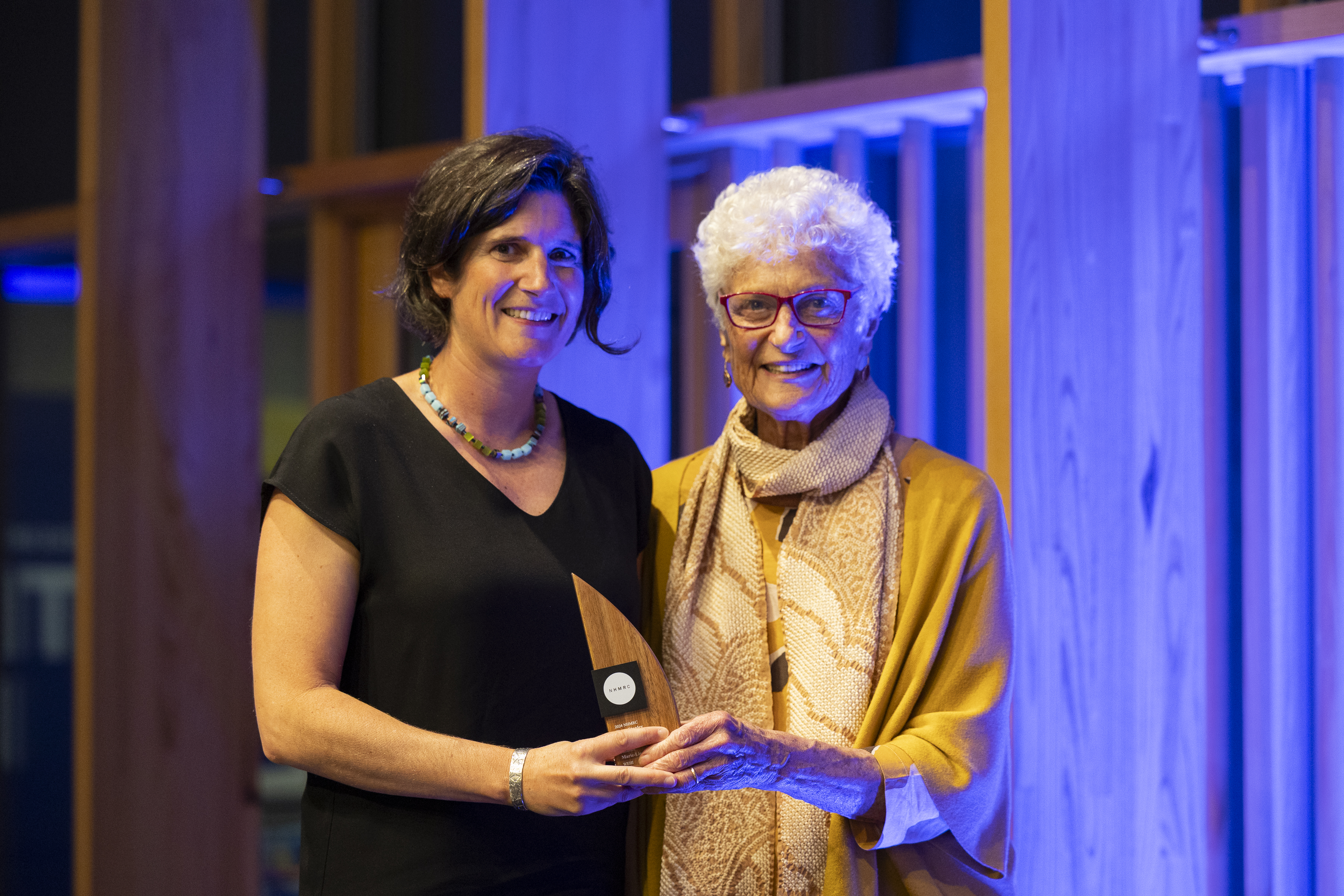Recipient of the 2024 NHMRC Fiona Stanley Synergy Grant Award, Professor Marie-Liesse Asselin-Labat is investigating how cancer evades the immune system and how immunotherapies and cancer vaccines can be enhanced to improve treatment outcomes. Professor Asselin-Labat PharmD, PhD, is a Division Head at WEHI, leading a team that studies the interactions between immune and tumour cells in lung cancer, and how external factors can trigger the disease and treatment response.
I began my academic journey studying Pharmacy at the University of Nantes in France, where I developed a strong foundation in drug development, from fundamental research to clinical trials. This exposure ignited my passion for medical research, leading me to pursue a PhD at Paris University XI, where I investigated the mechanisms underlying leukaemia formation.

After completing my PhD, I moved to Melbourne and joined WEHI to explore the early processes of cancer development. My research focused on understanding how stem cells in breast tissue are regulated and how they can transform into cancer cells.
Within this research, I discovered a novel molecule that controls stem cell expansion, a finding that led to an ongoing clinical trial aimed at preventing breast cancer in women carrying BRCA11 mutations. This work is particularly impactful, as the only current preventative option for these women is a double mastectomy.
“While studying breast cancer, I became increasingly aware of the lack of research on lung cancer—despite it being the leading cause of cancer related deaths in Australia, with mortality rates surpassing those of breast, colorectal, and prostate cancers combined.”
Recognising this critical gap, I made a pivotal decision 12 years ago to shift my focus to lung cancer. I leveraged my expertise in breast stem cells and cancer biology to investigate the interactions between lung cells and the immune system, aiming to uncover new therapeutic strategies.

To deepen my expertise, I spent 3 years in the United States, working at the University of California in San Diego and The Knight Cancer Institute at Oregon Health and Science University.
“There, I specialised in studying the spatial relationships between immune and cancer cells. This experience strengthened my ability to integrate advanced technologies in imaging and genomics with cancer biology and immunology.”
Since returning to WEHI in 2019, I have applied this expertise to investigate how interactions between immune and tumour cells influence cancer growth and responses to treatment in lung cancer.
Tumours are highly complex ecosystems where multiple immune cell types engage in a constant battle, either suppressing tumour growth or promoting its invasion.
Understanding these dynamics requires a multi-disciplinary approach, drawing expertise from cancer biology, immunology, bioinformatics, and cutting-edge technologies in genomics and imaging.
“Throughout my career, collaboration with multidisciplinary teams has been at the core of my research approach to address these complex scientific challenges.”
My diverse training across different research environments, from working alongside engineers to clinicians, has equipped me with the ability to lead multi-disciplinary teams.
“This collaborative mindset allows us to ask complex, high impact research questions that drive deeper insights into tumour biology.”
As the Head of the Personalised Oncology Division at WEHI, I continue to apply this approach, working to develop effective, tailored therapies that address the unique challenges faced by each cancer patient.
1 BRCA1 is a tumour suppressor gene that, when mutated, significantly increases the risk of developing certain cancers, particularly breast and ovarian cancer, but also prostate, pancreatic, and other cancers.
